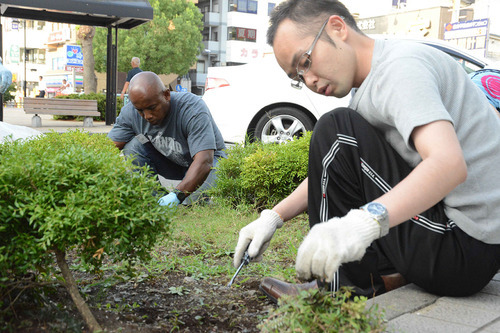There is no way around volunteer orientation. Whether it’s a quick tour of the facility or signing a stack of liability papers, every nonprofit organization has a mandatory process for new volunteers.
However, as many helpers and even organizations will bemoan, these orientations can be boring, tedious and waste valuable work time. It’s an needed obstacle that can manifest into a major problem.
Well, we are here to help. With a major assist from Shawn Kendrick at VolunteerHub.com and his Best Practices for Volunteer Orientation, we’ve compiled five ways you can improve your organization’s introductions to its newest volunteers.
- One-on-OneTime This comes from Shawn and it’s a great place to start. While we recommend keeping this opening conversation short, it’s always good business to get to know your new recruits. Ask them why they wanted to get involved, what areas they enjoy helping in and what they are hoping to take away from the experience. This is also a good time to present your organization’s missions and values. But don’t be long-winded.
- Facility Tour To put your visitors in a comfortable state, show them around the place. Like any good host, making your guests feel at home is a good step towards getting them to relax and embrace the surroundings. That’s not to suggest you find them a comfy chair and slippers, but just giving them a lay of the land will wash away some of their nerves.
- Pair Them Up Another quality tip from Shawn champions the notion of pairing up new volunteers with your regulars. This will not only relieve some of the teaching burden off your shoulders, but it will also give each fresh recruit a seasoned veteran to teach them the subtle details as well. Buddy systems are a highly effective way of welcoming unfamiliar faces to the family.
- Put ‘em to Work This may seem simple, but one of the biggest complaints we receive from volunteers is that they are under utilized. A lot of standing around, not know what to do and feeling left out. Try to avoid this as much as possible by putting your newest helpers to work right away. In fact, have a list prepared with extra jobs for just these types of cases, that way you can always keep your volunteers be busy and happy.
- Follow Up The last step, and one that should be constantly in the back of a volunteer coordinator’s mind, is following up. Anyone who volunteers should receive a thank you e-mail, text, phone call, letter or all of the above. The more an organization can build a relationship with its volunteers, the more volunteers will be invested in that organization. Show them the love by always following up.
